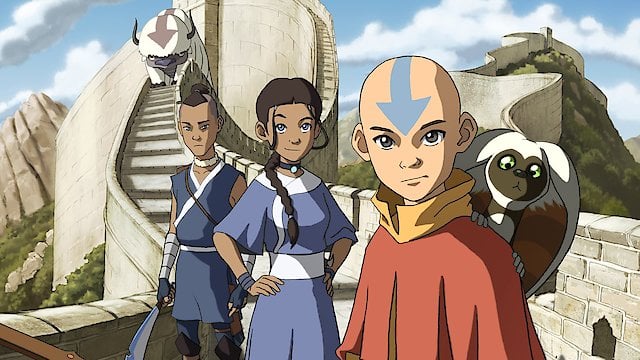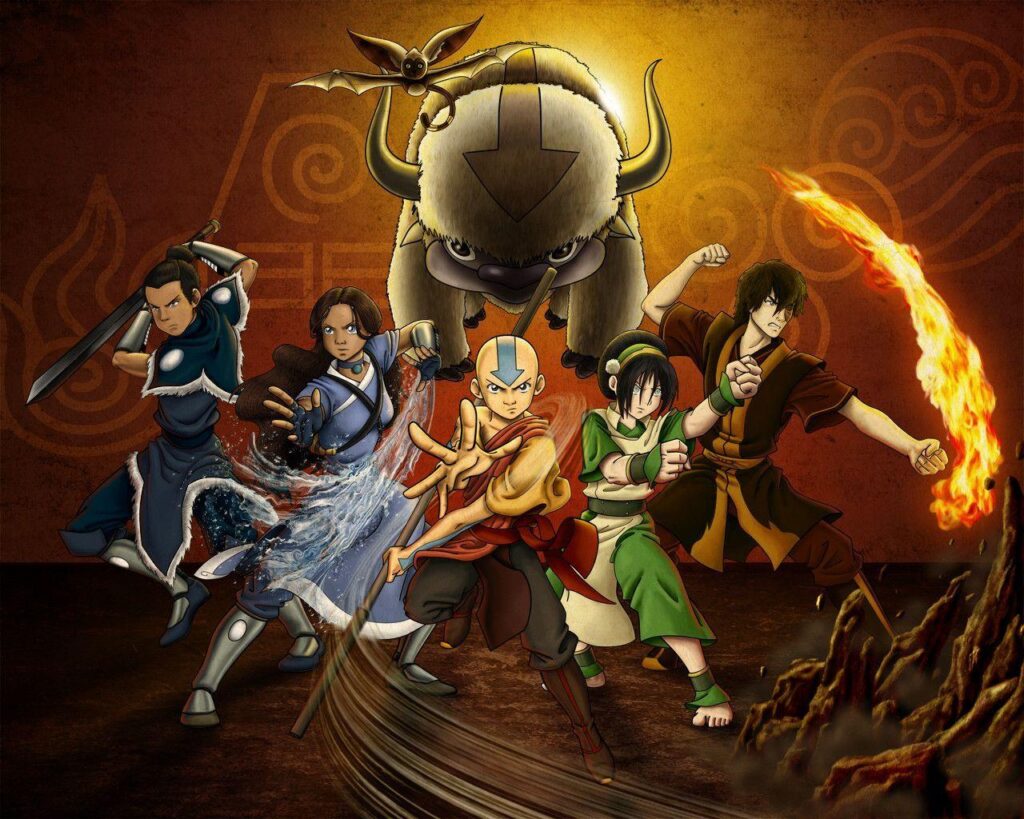Netflix’s Avatar: The Last Airbender – Surprising Success Unveiled

Netflix’s Avatar: The Last Airbender: Introduction:
In the ever-evolving landscape of entertainment, there are few endeavors as ambitious and fraught with peril as adapting a beloved animated series into live-action form. When Netflix announced its plans to reimagine “Avatar: The Last Airbender,” it was met with a mix of excitement and trepidation from fans. After all, the original animated series had left an indelible mark on the hearts of millions, weaving a tapestry of rich characters, intricate world-building, and powerful storytelling. The prospect of translating such a beloved property into a new medium was daunting, to say the least. However, as the series unfolds and the curtain rises on this new chapter, what emerges is not just a reimagining but a surprising success—a testament to the power of adaptation done right.
Avatar: The Last Airbender- Key Factors Impacting Success:
Faithful Adaptation:
At the heart of the series’ success lies its unwavering commitment to honoring the source material. From the outset, it was clear that the creative team behind Netflix’s adaptation had a deep respect and reverence for the original animated series. Every frame, every line of dialogue, every character beat is infused with the spirit of the original, paying homage to the beloved characters and storylines that fans know and love. While some changes and additions were inevitable in the transition to live-action, they were executed with care and consideration, enriching rather than detracting from the overall narrative.
Casting Choices:
The casting of any adaptation is crucial, as it can make or break the audience’s immersion in the story. In the case of “Netflix’s Avatar: The Last Airbender,” the casting choices have proven to be inspired, with each actor bringing their own unique interpretation to the iconic characters. From Dallas Liu’s nuanced portrayal of Prince Zuko’s inner conflict to Paul Sun-Hyung Lee’s wise and compassionate Uncle Iroh, the cast’s chemistry and commitment to their roles shine through in every scene. It’s clear that each actor has a deep understanding and appreciation for the characters they’re portraying, and their performances are a testament to their talent and dedication.

Avatar: The Last Airbender- Visual Effects and Pacing:
Translating the fantastical elements of the original animated series into live-action was no small feat, but the creative team behind Netflix’s adaptation rose to the challenge admirably. The visual effects are stunning, bringing the vibrant world of the Four Nations to life in breathtaking detail. From the bustling streets of Ba Sing Se to the swirling currents of the Spirit Oasis, each location feels alive and immersive, thanks to the meticulous attention to detail and craftsmanship on display. Additionally, the pacing of the series is spot-on, allowing ample time for character development and narrative exploration without ever feeling rushed or overstuffed. Each episode unfolds at a leisurely pace, inviting viewers to savor every moment and immerse themselves fully in the world of Avatar.
Avatar: The Last Airbender- Tradeoffs and Challenges:
Fan Expectations:
Adapting a beloved series is always a risky proposition, as fans have high expectations and a deep emotional attachment to the source material. In the case of “Netflix’s Avatar: The Last Airbender,” the creative team faced intense scrutiny from fans who were understandably protective of the original animated series. Balancing the desire to honor the source material with the need to innovate and surprise was a delicate tightrope act, and not every decision was met with universal acclaim. However, by staying true to the spirit of the original while also introducing new elements and storylines, the adaptation managed to strike a chord with both longtime fans and newcomers alike.
Comparisons to the Original:
One of the biggest challenges facing any adaptation is the inevitable comparisons to the original. No matter how faithful or well-executed the adaptation may be, it will always be judged against the yardstick of the original series. In the case of “Netflix’s Avatar: The Last Airbender,” the comparisons were particularly stark, given the beloved status of the original animated series. However, rather than shying away from these comparisons, the adaptation embraced them, using them as a source of inspiration and motivation to push the boundaries of what was possible in live-action storytelling.
Creative Liberties:
While staying true to the source material is important, adaptation also requires a willingness to take creative liberties and explore new territory. In the case of “Netflix’s Avatar: The Last Airbender,” this meant introducing new characters, expanding on existing storylines, and delving deeper into the lore of the Avatar universe. While some of these changes may have raised eyebrows among purists, they ultimately served to enrich the narrative and add layers of depth to the story. By striking a balance between fidelity to the original and innovation, the adaptation was able to carve out its own identity while still paying homage to its roots.

Importance of Consideration:
In the ever-changing landscape of entertainment, adaptation is both an art and a science. It requires a delicate balance of creativity, vision, and pragmatism to successfully translate a beloved property from one medium to another. By carefully considering the impact of their decisions on the audience experience, the creative team behind “Netflix’s Avatar: The Last Airbender” was able to create a series that not only honored the original but also stood on its own as a unique and compelling work of art.
Conclusion:
In conclusion, the surprising success of “Netflix’s Avatar: The Last Airbender” is a testament to the transformative power of adaptation done right. By staying true to the spirit of the original while also forging its own path, the adaptation has captured the hearts and imaginations of fans around the world. From its faithful portrayal of beloved characters to its stunning visuals and immersive world-building, every aspect of the series reflects the passion and dedication of the creative team behind it. As the journey continues, it serves as a reminder of the enduring power of storytelling to inspire, uplift, and unite audiences across generations and across mediums. In the end, “Netflix’s Avatar: The Last Airbender” is not just a reimagining of a beloved series—it’s a triumph of adaptation, a celebration of creativity, and a testament to the enduring legacy of Avatar.


